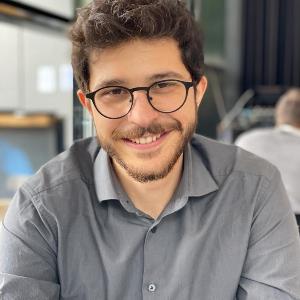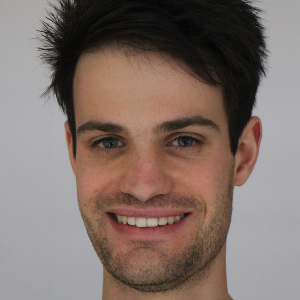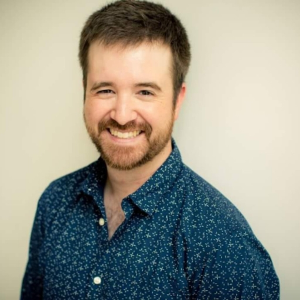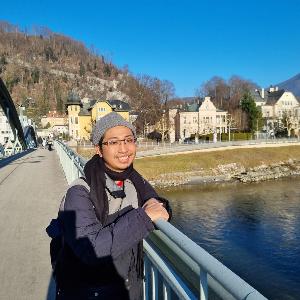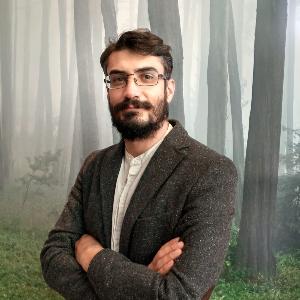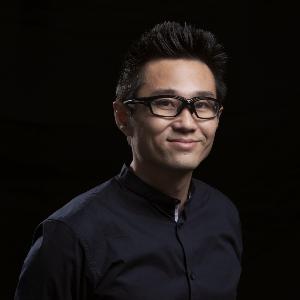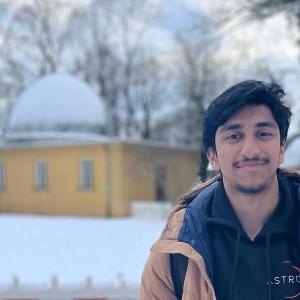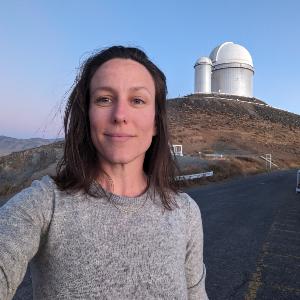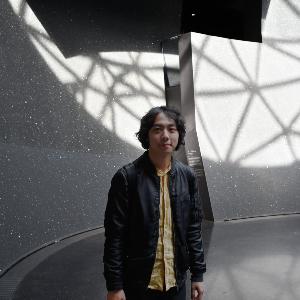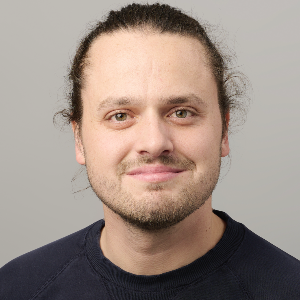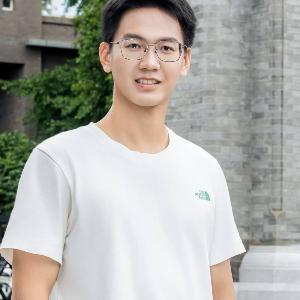Chair of Theoretical Astrophysics of Extrasolar Planets
The Munich Exoplanet Chair (sub-department) works broadly on the theory, observation, simulation and phenomenology of exoplanets with a strong focus on understanding their atmospheres. Within the Chair, we have expertise in exoplanetary atmospheres (chemistry, dynamics, radiative transfer, Bayesian inference methods), astrochemistry, disk chemistry and exoplanet observations (using both ground- and space-based telescopes). The Chair is part of the mission consortium of the ARIEL space telescope of the European Space Agency (ESA).


